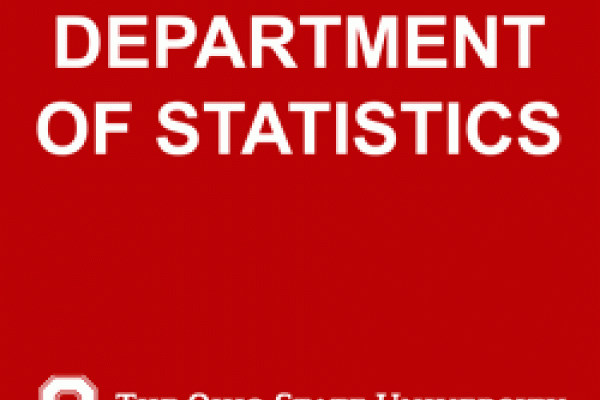
Title
Measuring Diet: Is it Possible?
Speaker
Raymond J. Carroll, Departments of Statistics and Nutrition and Toxicology, Texas A&M University
Abstract
Newspaper articles routinely report the results of epidemiological studies of the relationship between what we eat and disease outcomes such as heart disease and various forms of cancer. One of the best and most-quoted studies is the Nurses Health Study, which follows the health outcomes of approximately 100,000 nurses and asks them questions about their dietary intakes. It is rare that prospective epidemiological studies of human populations find links between cancer and dietary intakes. Perhaps the most controversial of all is the question of the relationship between dietary fat intake and breast cancer. Countries with higher fat intakes tend to have higher rates of breast cancer, and yet no epidemiological study has shown such a link. The puzzle of course is to understand the discrepancy. I am a statistician after all, and will focus on the question: how do we measure what we eat? Try this out: how many days per year do you eat pizza? I will review the accumulating evidence that suggests that finding links between disease and nutrient intakes will be the exception rather than the rule, simply because of the way diet is measured. Without any formulae, I will try to show how Karl Pearson addressed this question 110 years ago, and what it means for us now.
